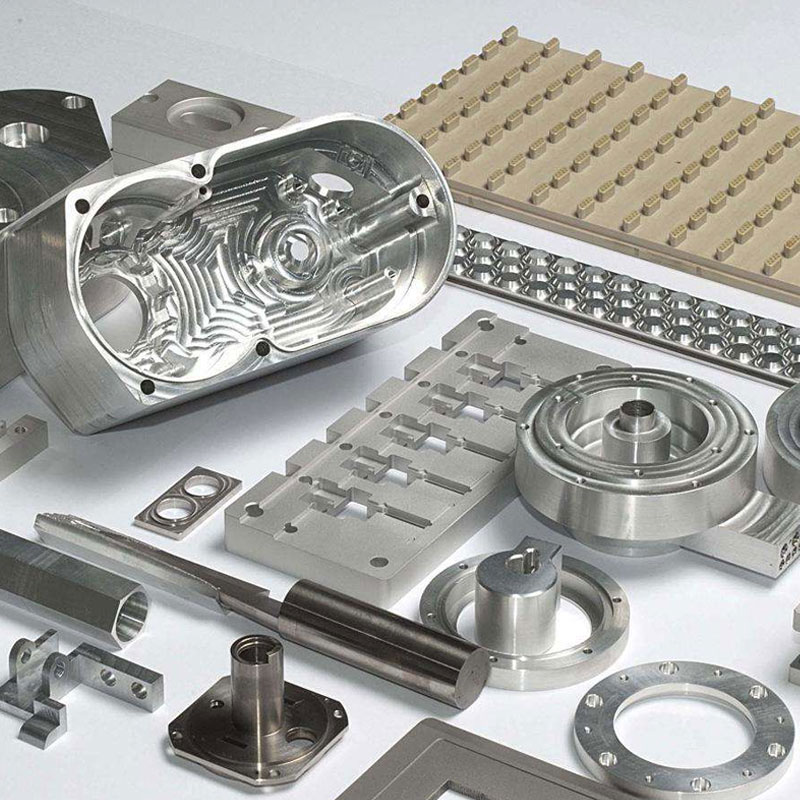Vacuum titanium plating refers to the use of arc discharge in a vacuum environment, using the cathode titanium target as the evaporation source, through the arc discharge between the titanium target and the anode body, the titanium target is evaporated and forms ions, and the generated ions are high-speed Moving onto the product, depositing on the product surface, forming a titanium film.
Titanium target
How is the color of vacuum titanium plating made?
In a high vacuum and high temperature titanium plating environment, adding different gases can plate out different colors. If N2 is added, the plated color is gold; if C2H2 is added, the color is black; if O2 is added, the color will be colored and blue; if N2 and C2H2 are added, the color will be rose gold. In the process of titanium plating, the materials used are titanium and high-purity gases, which are green and environmentally friendly materials. Since they are produced in a high-temperature vacuum environment, they will not produce any harmful substances, so the products plated are very safe and environmentally friendly. Can pass various safety tests.
How to plate a strong titanium film?
If you want to deposit a strong titanium layer, you must first have good equipment. Because in the coating process, the vacuum system must work stably, and the furnace body pressure is better. If there is impurities mixed in the coating process, the color will be unsatisfactory, and in serious cases, it will also be detitanium. Good equipment has high ionization rate of arc source, large ion density formed, few large particles, high smoothness of coated film, small friction coefficient, strong and non-shedding, poor equipment has low ionization rate, and coated film Rough and dull, easy to scrape off.
Titanium plating will not cause product rust:
Titanium is a kind of anti-corrosion metal. At normal temperature, titanium can lie safely in a variety of strong acid and alkali solutions, even the most ferocious acid-aqua regia (aqua regia: three to one ratio of concentrated nitric acid and concentrated hydrochloric acid) The ratio of gold can dissolve gold), and it cannot corrode it, so people use titanium to make submarines.
Therefore, the rust spots on the product after titanium plating are not the rust of the titanium film, but the rust spots produced by the substrate of the product itself.
On the product before titanium plating, if the product itself has oxide (or sand holes, pores) on it, then the point of the oxide (or sand holes, pores) after titanium plating is called the weak point, which is The substrate itself is not strong enough. After a period of time, the titanium layer at the point of the substrate oxide will easily fall off, so rust and titanium plating layer fall off phenomenon.
Generally, when polishing sanded products, the friction coefficient is large, and oxides are easily generated on the product surface.
The reason why the titanium-plated knife produces rust is because the impurities of the sand holes and air holes of the product substrate are cleaned under the vacuum conditions of the titanium plating process, and the sand holes and air holes on the surface of the product are concave. However, it is impossible to completely fill the sand holes and air holes after titanium plating. After the cutter is used, the water remaining in the sand holes and air holes is not cleaned up, so that the sand holes and air holes are easily oxidized to produce rust spots.
The kitchen knives that we usually use, when used every day, can’t see the rust. When not used for a period of time, it will rust when exposed in the air. In fact, the oxide generated by the knife used every day is similar to the knife placed for a period of time. The reason why the knife used every day can not see the rust is because the oxide generated by the knife we use every day during the cutting and scrubbing process Part of it was cleaned. Oxides cannot be deposited, so rust spots are not visible.

What’s your reaction?
Love0
Sad0
Happy0
Sleepy0
Angry0
Dead0
Wink0









